Talk Overview
In this lecture titled “Pragmatics of DIC and Video-Enhanced Contrast Microscopy,” Ted Salmon extends the beginning DIC lecture by discussing how to align the DIC microscope, how color DIC is produced, how to use video-enhancement to visualize faint objects such as microtubules and how to combine DIC with fluorescence.
Questions
- In DIC microscopy, if you remove one of Wollaston prisms (or have mismatched prisms), and you look at the back focal plane of the objective you will see:
- A very fuzzy image of the specimen.
- A bright central spot with a dark halo
- A diagonal black band
- A repeating light-dark pattern
- Which of the following steps is not part of setting up high resolution DIC microscopy
- Koehler Illumination
- Closing down the condenser diaphragm to increase contrast
- Adding bias retardation to brighten the image
- Using a bright illumination source such as a mercury lamp or laser
- Crossing the polarizer and analyzer
- In video-enhanced DIC microscopy, which of the following steps help to produce a more homogenous image
- Using a light source with even illumination
- Subtracting out a slightly out-of-focus background image
- Averaging several frames
- A and B
- A, B and C
- For acquiring a time-lapse of successive DIC and fluorescence images, it is best to
- Place the analyzer in the emission filter wheel
- Use a fixed analyzer prior to the emission filter wheel
- Do not use an analyzer
- Place the analyzer in the dichroic filter cube
- Place the analyzer in the camera C-mount
Answers
View AnswersSpeaker Bio
Ted Salmon
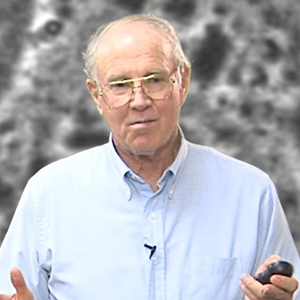
Ted Salmon is a Distinguished Professor in the Biology Department at the University of North Carolina. His lab has pioneered techniques in video and digital imaging to study the assembly of spindle microtubules and the segregation of chromosomes during mitosis. Continue Reading
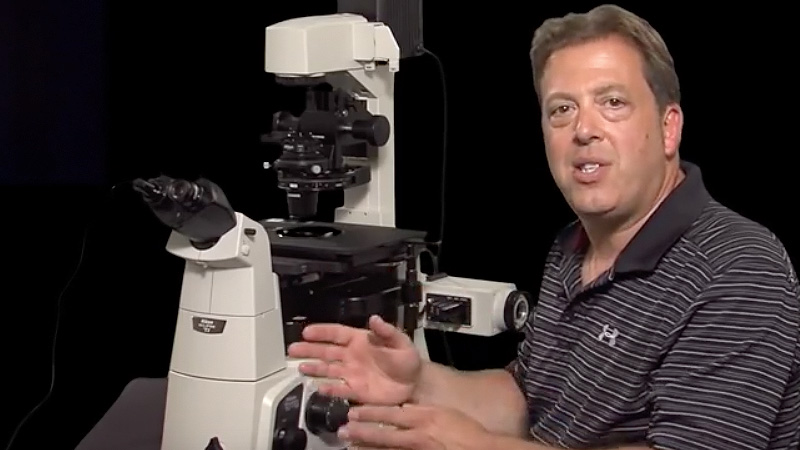
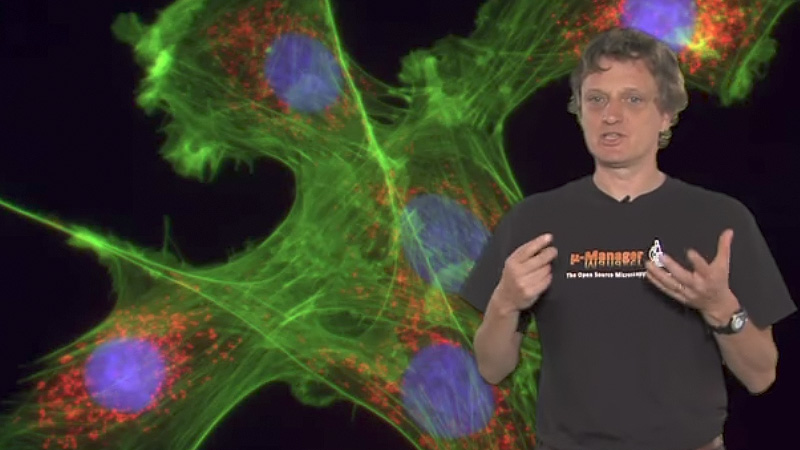
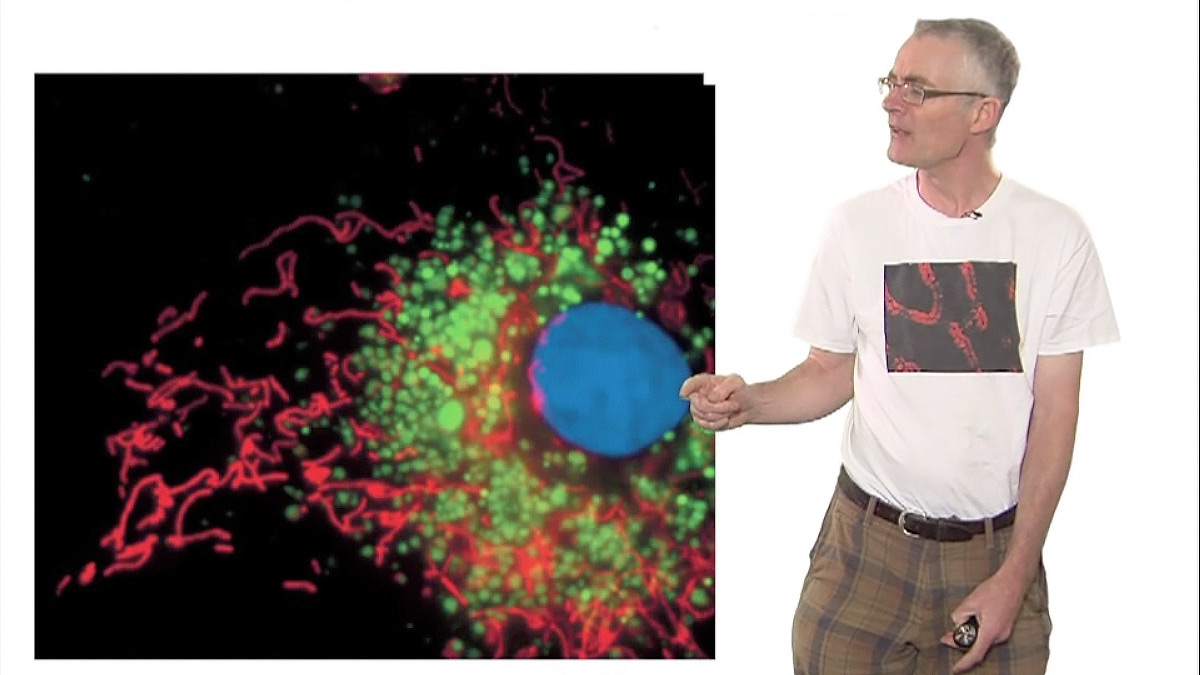
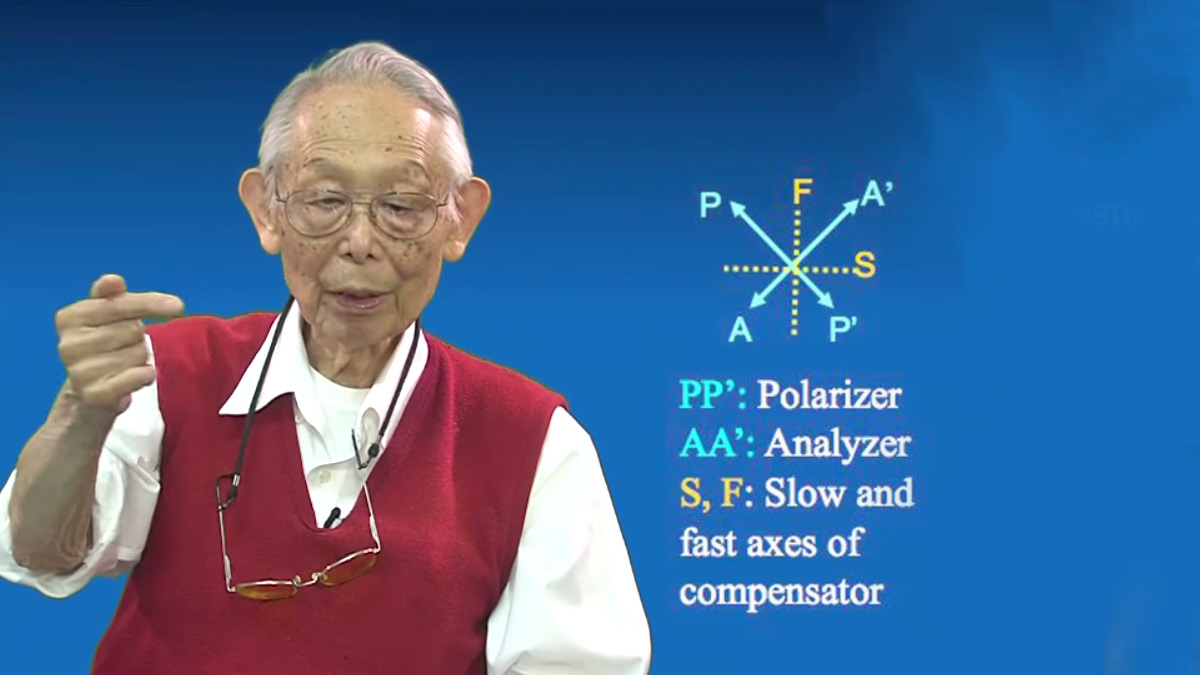




Leave a Reply